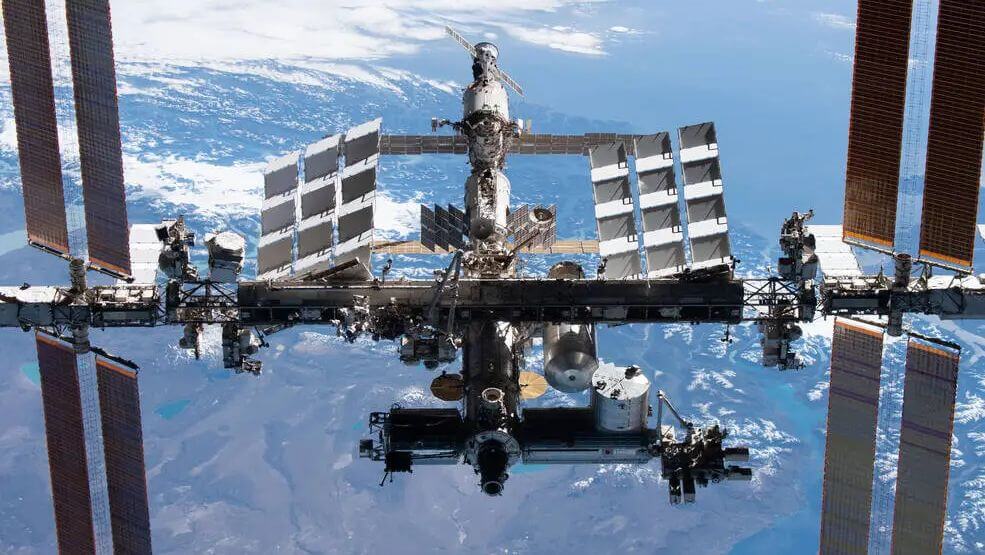Space fans hoping to catch a glimpse of the International Space Station streaking across the sky are getting a much-needed digital tool.
NASA just released a new “Spot The Station” app, which can be downloaded for free on iOS and Android devices.
The application improves upon the space agency’s official “Spot the Station” website, delivering added capabilities and information to expand the International Space Station (ISS) tracking experience for both casual stargazers and NASA acolytes.
Related: Track the ISS: How and where to see it
Here’s a description from NASA:
“An augmented reality interface makes it easier for users to locate the station and provides options for capturing and sharing pictures and videos of their sightings in real time. With the power of augmented reality, the app’s built-in compass will show you where the space station is — even if you’re on the other side of the globe. Users also can sign up for mobile notifications of upcoming viewing opportunities based on their exact location.”
The app was created by the International Space Station Program at NASA’s Space Operations Mission Directorate and the Center of Excellence for Collaborative Innovation. It’s a special branch of the Prizes, Challenges and Crowdsourcing program in the agency’s Space Technology Mission Directorate. “Spot the Station’s” code is open source for the public to access, modify and customize for themselves and to offer valuable developer feedback.
“Even after 23 years of continuous human presence aboard the International Space Station, it’s incredibly exciting to see the station when you look up at just the right moment,” Robyn Gatens, International Space Station director at NASA Headquarters in Washington, said in the same NASA statement. “The orbiting laboratory that continues to provide so many unique, tangible benefits for humanity really isn’t that far out of reach.”
“Spot the Station’s” official release comes just one month before the ISS’ 25th anniversary, when the Zarya and Unity modules were united back on Dec. 6, 1998. On Nov. 2, 2000, NASA astronaut Bill Shepherd and cosmonauts Yuri Gidzenko and Sergei Krikalev became the first people to live aboard the station.

